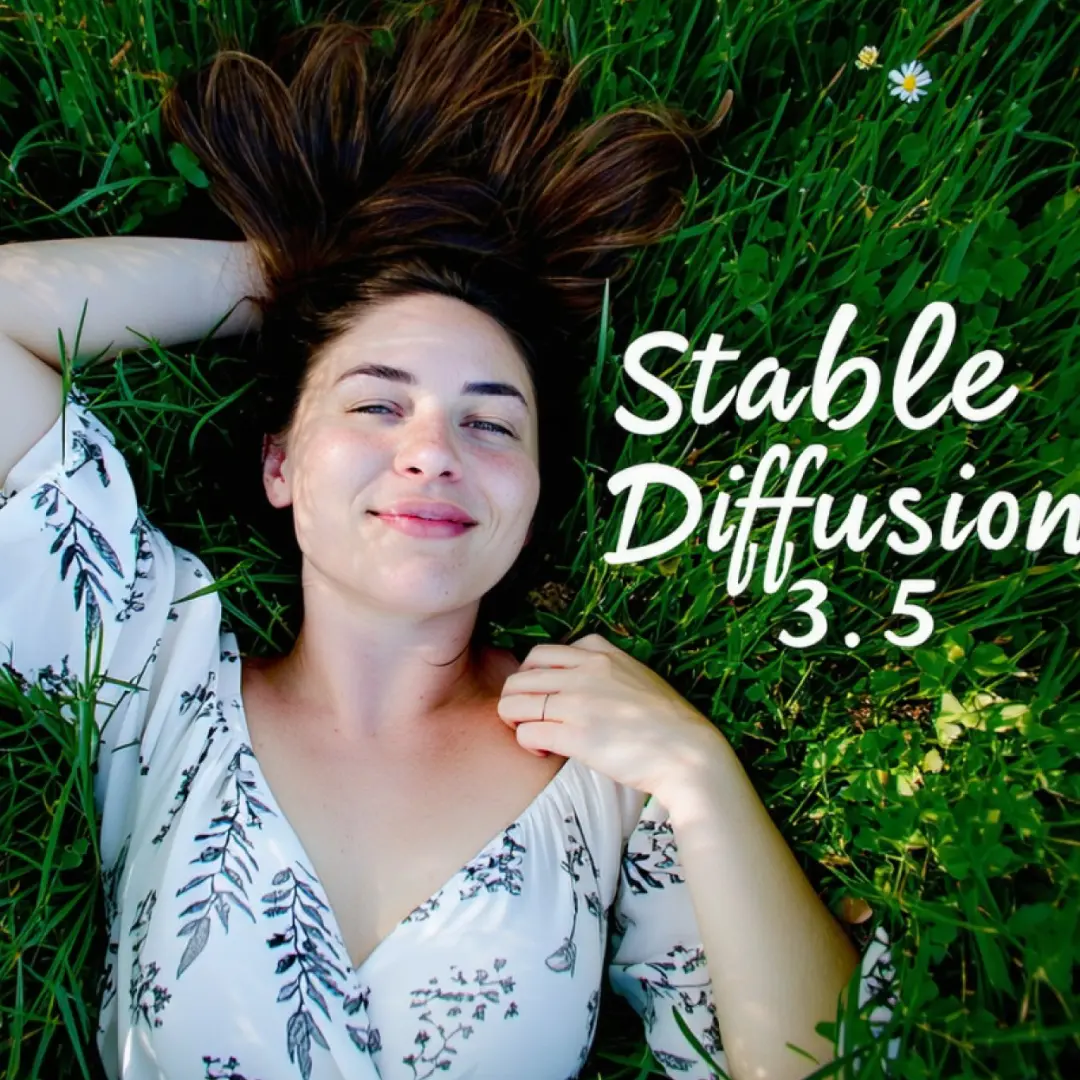ComfyUI Node: Iterative Mixing KSampler
Iterative Mixing KSampler
Categorytest
ttulttul (Account age: 5042days) Extension
ComfyUI Iterative Mixing Nodes Latest Updated
2025-03-10 Github Stars
0.12K
How to Install ComfyUI Iterative Mixing Nodes
Install this extension via the ComfyUI Manager by searching for ComfyUI Iterative Mixing Nodes- 1. Click the Manager button in the main menu
- 2. Select Custom Nodes Manager button
- 3. Enter ComfyUI Iterative Mixing Nodes in the search bar
Visit ComfyUI Online for ready-to-use ComfyUI environment
- Free trial available
- 16GB VRAM to 80GB VRAM GPU machines
- 400+ preloaded models/nodes
- Freedom to upload custom models/nodes
- 200+ ready-to-run workflows
- 100% private workspace with up to 200GB storage
- Dedicated Support
Iterative Mixing KSampler Description
Facilitates noising and de-noising for AI image generation through iterative latent mixing.
Iterative Mixing KSampler:
The Iterative Mixing KSampler is a powerful node designed to facilitate the process of noising (unsampling) and de-noising (sampling) within a single, user-friendly interface. This node is particularly useful for AI artists who want to generate high-quality latent images by iteratively mixing latents using various blending schedules and functions. The primary goal of this node is to simplify the complex process of iterative mixing, making it accessible even to those without a deep technical background. By leveraging advanced sampling techniques and customizable parameters, the Iterative Mixing KSampler allows you to achieve precise control over the image generation process, resulting in more refined and visually appealing outputs.
Iterative Mixing KSampler Input Parameters:
model
This parameter specifies the model to be used for the sampling process. It is essential for defining the architecture and weights that will guide the generation of latent images.
positive
This parameter represents the positive conditioning input, which influences the desired features or attributes in the generated image. It helps in steering the model towards producing outputs that align with the positive conditioning.
negative
This parameter represents the negative conditioning input, which helps in avoiding certain features or attributes in the generated image. It acts as a counterbalance to the positive conditioning, ensuring that unwanted elements are minimized.
latent_image
This parameter is the initial latent image that will undergo the iterative mixing process. It serves as the starting point for the noising and de-noising operations.
seed
This integer parameter sets the random seed for the sampling process. It ensures reproducibility of results. The default value is 0, with a minimum of 0 and a maximum of 0xffffffffffffffff.
steps
This integer parameter defines the number of steps for the sampling process. More steps generally lead to higher quality images but increase computation time. The default value is 40, with a minimum of 0 and a maximum of 10000.
cfg
This float parameter, known as the classifier-free guidance scale, controls the trade-off between adhering to the conditioning inputs and the diversity of the generated images. The default value is 8.0, with a range from 0.0 to 100.0, adjustable in steps of 0.1.
sampler_name
This parameter specifies the name of the sampler to be used. It allows you to choose from various available samplers, each with its unique characteristics and performance.
scheduler
This parameter defines the scheduler to be used for the sampling process. Different schedulers can impact the convergence and quality of the generated images.
denoise
This float parameter controls the level of de-noising applied during the sampling process. A higher value results in cleaner images. The default value is 1.0, with a range from 0.0 to 1.0, adjustable in steps of 0.01.
alpha_1
This float parameter influences the blending strength during the iterative mixing process. The default value is 2.4, with a range from 0.05 to 100.0, adjustable in steps of 0.05.
blending_schedule
This parameter allows you to choose the blending schedule, which dictates how the blending strength changes over the iterations. The default option is "cosine".
blending_function
This parameter specifies the blending function to be used during the iterative mixing process. The default option is "addition".
normalize_on_mean
This boolean parameter determines whether to normalize the latent images based on their mean values. The default value is False.
Iterative Mixing KSampler Output Parameters:
LATENT
The output of the Iterative Mixing KSampler is a latent image that has undergone the iterative mixing process. This latent image can be further processed or decoded to generate the final visual output. The quality and characteristics of this latent image are influenced by the input parameters and the iterative mixing process.
Iterative Mixing KSampler Usage Tips:
- Experiment with different values of the
stepsparameter to find a balance between image quality and computation time. - Use the
cfgparameter to control the trade-off between adhering to conditioning inputs and the diversity of generated images. - Adjust the
denoiseparameter to achieve the desired level of image cleanliness. - Try different
blending_scheduleandblending_functionoptions to see how they impact the final output. - Utilize the
seedparameter to ensure reproducibility of results, especially when fine-tuning the node settings.
Iterative Mixing KSampler Common Errors and Solutions:
"Invalid model input"
- Explanation: The model parameter is not correctly specified or is incompatible with the node.
- Solution: Ensure that the model input is correctly specified and compatible with the Iterative Mixing KSampler.
"Conditioning inputs missing"
- Explanation: Either the positive or negative conditioning inputs are not provided.
- Solution: Make sure to provide both positive and negative conditioning inputs to guide the image generation process.
"Latent image not provided"
- Explanation: The latent image input is missing.
- Solution: Ensure that a valid latent image is provided as the starting point for the iterative mixing process.
"Seed value out of range"
- Explanation: The seed value is outside the acceptable range.
- Solution: Set the seed value within the range of 0 to 0xffffffffffffffff.
"Steps value out of range"
- Explanation: The steps parameter is set to a value outside the acceptable range.
- Solution: Adjust the steps parameter to a value between 0 and 10000.
"CFG value out of range"
- Explanation: The cfg parameter is set to a value outside the acceptable range.
- Solution: Adjust the cfg parameter to a value between 0.0 and 100.0.
"Denoise value out of range"
- Explanation: The denoise parameter is set to a value outside the acceptable range.
- Solution: Adjust the denoise parameter to a value between 0.0 and 1.0.
"Alpha_1 value out of range"
- Explanation: The alpha_1 parameter is set to a value outside the acceptable range.
- Solution: Adjust the alpha_1 parameter to a value between 0.05 and 100.0.
Iterative Mixing KSampler Related Nodes
RunComfy is the premier ComfyUI platform, offering ComfyUI online environment and services, along with ComfyUI workflows featuring stunning visuals. RunComfy also provides AI Playground, enabling artists to harness the latest AI tools to create incredible art.



